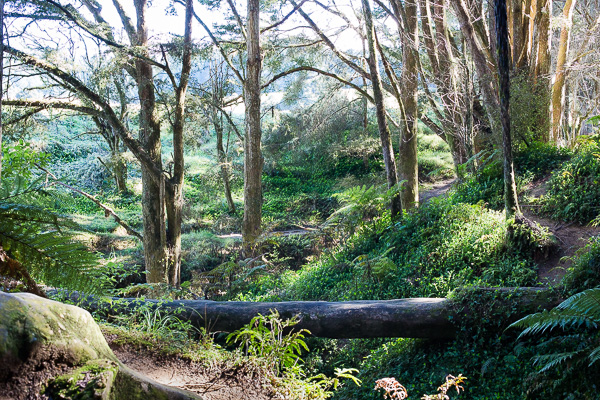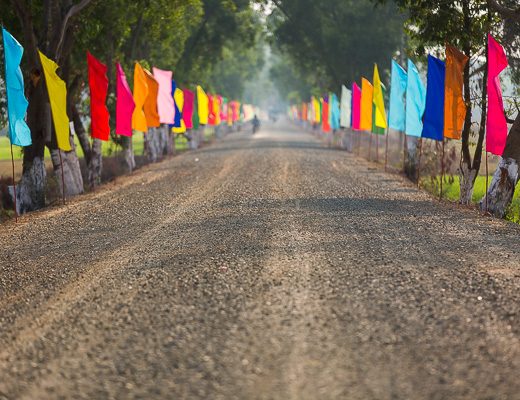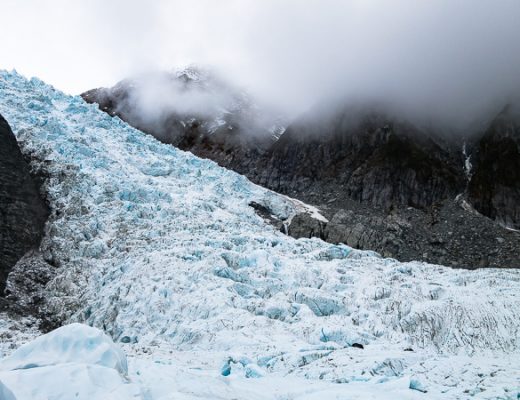One of the most fascinating aspects of travel for us is learning about different cultures, and in New Zealand, the influence of the Māori can be seen far and wide.
The Māori are the indigenous people of New Zealand. They came to the small pacific islands more than 1,000 years ago. While they only make up 14 percent of the population of New Zealand, their language, traditions, folklore, and symbols are ever-present in Kiwi life. Even the National Anthem pays homage to the Māori with the first half sung in their native tongue. We got goosebumps the first time we heard it.
During our seven weeks in New Zealand, we learned much about the Māori people. Here are our four favorite myths and legends of the Māori.
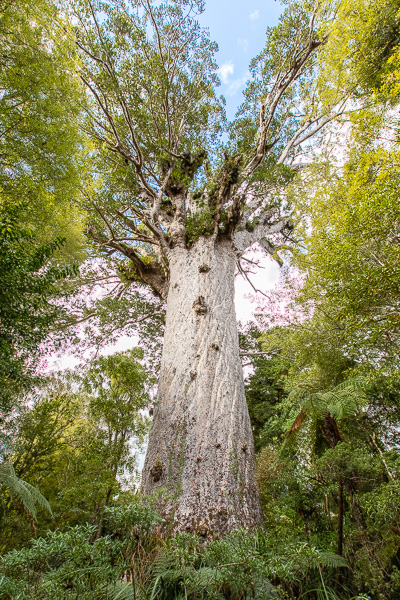
The Lord of the Forest is found in the Waipoua Forest on the North Island of New Zealand.
Tāne Mahuta
One of the first myths we were told about was Tāne Mahuta, a giant Kuari tree that still stands today. According to Maori myth, Tāne Mahuta is the offspring of the Sky Father and Earth Mother. Before light existed, Sky and Earth were bound together in a marital embrace, but their children felt trapped in the darkness. Tāne Mahtua put his feet onto his mother and pressed his back onto his father, pushing up as he grew and giving light to the world. The Sky Father was so upset by Tāne Mahuta’s actions that he cried an immense amount of tears and created the oceans. We were able to see Tāne Mahuta, and the “Lord of the Forest” was as impressive as it sounded in the stories. It’s estimated that Tāne Mahuta is between 1,250 and 2,500 years old, and it stands 168 feet (51.2 meters) tall, with a trunk girth of 45 feet (13.77 meters). While Tāne Mahuta stands in the northern part of the North Island, we heard the story everywhere we went.
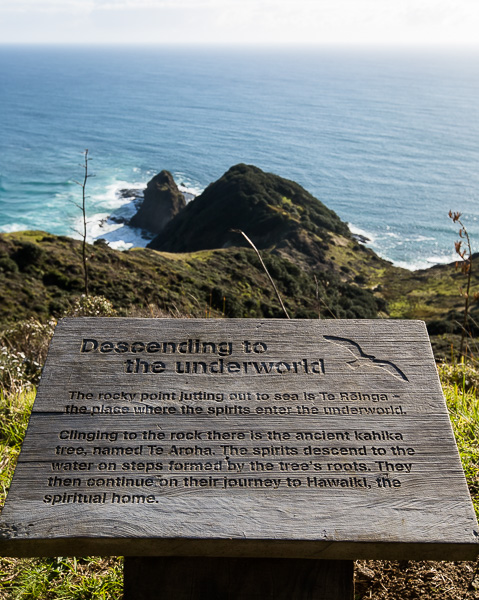
A view from Te Reinga. If you look closely the furthest rock is where the tree is located.
Cape Reinga
Located on the very northern tip of the North Island of New Zealand is Cape Reinga. For the Māori people, Cape Reinga is the most spiritually significant place in New Zealand. The reason for that is a rocky point and an ancient tree. According to the Māori after death, spirits travel up the coast and towards the kahika tree, named Te Aroha. It is believed the spirits descend to the underworld, or Te Reinga, by climbing down the tree’s roots into the sea below. From there they will travel to Hawaiki their spiritual home.
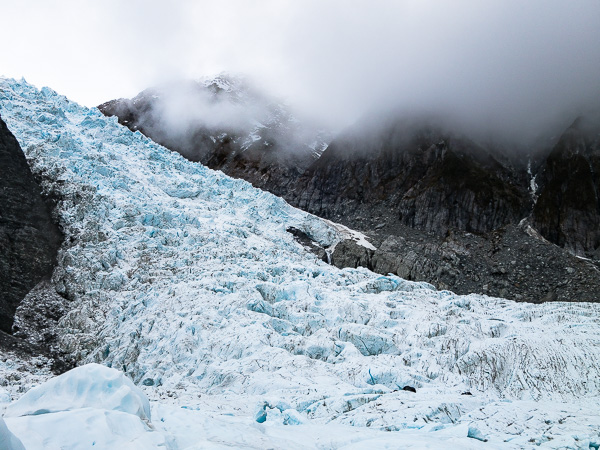
The tears of Hine, also known as the Franz Josef Glacier.
Kā Roimata o Hine Hukatere
New Zealand is home to several glaciers, and while we were at the Franz Josef Glacier on the South Island, we heard another of our favorite Māori myths. According to legend, there was a Māori princess named Hine Hukatere who loved to climb mountains. After a long hike through the mountains, she decided to head to the beach for some relaxation when she met Wawe. Wawe was a member of the beach tribe, and Hine and Wawe soon fell in love. Hine stayed on the beach, but each day would longingly look towards the mountains. After a bit of coaxing Hine finally convinced Wawe to climb the mountains with her. She was so excited to be back in the mountains that she raced off ahead of Wawe. As Wawe tried to catch up with Hine, he became trapped in an avalanche that ultimately killed him. When Hine realized that the man she loved had been killed, she continued to the top of the southern Alps, where she sat down and cried for years. The Māori gods saw the pain that she was in, and froze her tears into a giant river of ice as a way to remember Wawe. That giant river of ice is known today as the Franz Josef Glacier, or Kā Roimata o Hine Hukatere, which translates to The Tears of Hine Hukatere.
Haka
Thanks to the All Blacks, one Māori legend, the Haka, is well-known. But there is more to the Haka than what meets the eye at the beginning of each rugby match. Haka actually just means dance, and there are many different versions of the Haka. The one that the All Blacks perform before each rugby match is the Ka Mate which was composed in 1820 by Te Rauparaha. A lucky escape from enemies while hiding in a food-storage pit propelled Te Rauparaha to write his story. There is a great display about the haka at Te Papa Museum which also delves into the controversy around the Haka.
